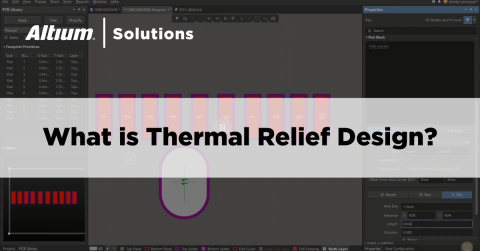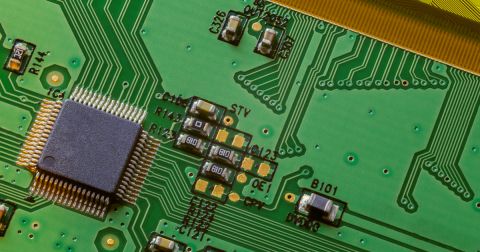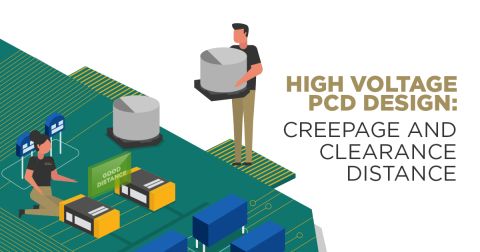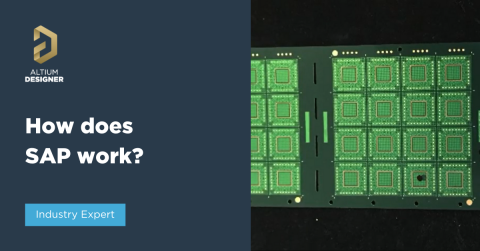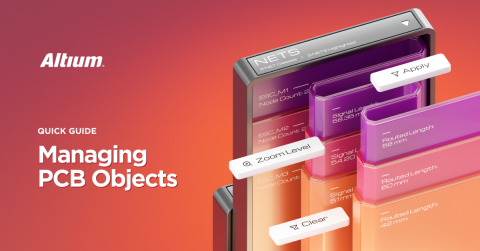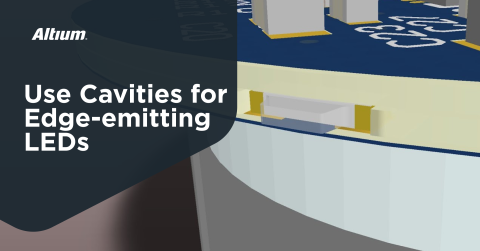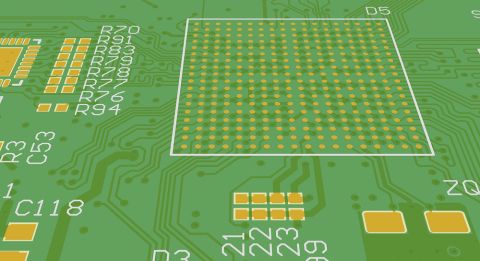What to Know Before Using a Brick DC/DC Converter

Take a look at some of the projects on this blog, and you'll find quite a few examples of power regulators. For example, I've shown a compact flyback converter module, while Hesam Moshiri has shown a larger half-bridge DC/DC converter. Anytime you can get a component in a module format, it usually makes your design job easier. Is that always the case with off-the-shelf power modules?
One modular option for a power regulator is a DC/DC converter in brick format. The so-called brick format is a standardized form factor used for isolated and non-isolated power regulator modules which can be dropped into a PCB layout. If you want to use a brick format DC/DC converter, it is not always as easy as simply buying one off the shelf and sticking it on your PCB. There are other points to think about that may justify using a different approach, or designing a totally custom power circuit.
All About Brick DC/DC Converters
Brick format DC/DC converter modules come in standardized footprints as detailed in the following table. The 2D area occupied by the module is detailed in each table entry. Because these modules have standardized form factors and can offer high power output levels, they can be an attractive option for a power supply, especially when the supply needs to output at standard voltages.
|
Full brick |
|
|
Half brick |
|
|
Quarter brick |
|
|
Eighth brick |
|
Brick power supplies have another of other common features:
- DC/DC modules could be fully encapsulated
- These modules can have screw holes for heat sinks
- The pinout could be common across different part numbers
- Brick DC/DC converters target specific standardized output voltages
- These modules are designed to sit directly on the PCB
- The modules are mounted using through-hole pins
- Modules can vary in height but are typically 13 mm tall
At this point, the similarities roughly end. The factors that distinguish brick DC/DC converters supplies include power output level, heat generation, requirement for additional components, costs, and availability. Let's explore some of these points as these are quite important.
Filtering Requirements
The idea that you can just use a brick DC/DC converter right off the shelf is not completely true. These modules may require filtering and input/output capacitance. For example, some components might require an input EMI filter to eliminate conducted EMI coming into the module. Input and output capacitance is also a typical requirement, and high power converters could require a large amount of capacitance.
The example below shows an isolated quarter brick converter with a wide input voltage range targeting 150 W output. The circuit shown around this quarter brick converter provides EMI filtering and stability, and it greatly increases the total footprint of the device.
Murata quarter-brick DC/DC converter (part number: IRQ-54/2.8-W80)
The BOM for this circuit is shown here:
|
Part |
Description |
Manufacturer |
MPN |
|
MOV |
Varistor 180V |
Epcos |
B72214S0141K101 |
|
C1 |
4.7uF 250V |
Faratronic |
C212E475K9AC000 |
|
C2, C3, C4 |
0.47uF 250V |
Murata |
GRM43DR72E474KW01L |
|
C5, C6 |
1000pF 300VAC |
Murata |
DE1E3RA102MA4BQ01F |
|
C11, C12 |
2200pF |
Murata |
DE2E3KY222MA3BM02F |
|
C13, C14 |
1000pF |
Murata |
DE1E3KX102MB4BP01F |
|
C15, C16 |
4700pF 250V |
Murata |
DE1E3RA472MA4BQ01F |
|
L1 |
2x1.3mH CMC |
Wurth |
7448262013 |
|
L2 |
10uH |
Bourns |
2101-V-RC |
|
C9, C10 |
270uF 250V low ESR |
United Chemicon |
EKXJ251EXX271ML40S |
|
C7, C8, C17, C18 |
Not used |
N/A |
N/A |
One of the capacitors that is recommended (PN: EKXJ251EXX271ML40S) is a very large capacitor with high voltage rating. This particular part number is over 35 mm long, and it alone takes up the same area as about 40% of the module area.
The Murata quarter-brick DC/DC converter module shown above requires large capacitors to function correctly.
Other brick format power supplies will have similar requirements. They may not be as drastic in terms of total device footprint as that shown here, but this could be a serious increase in the total circuit footprint.
Cost and Availability
As with any components, it's nice to be able to procure it for a prototype run. But if you can't buy the part at scale, or the scale purchase price is too expensive, then you have put yourself at a serious disadvantage when it comes to competitiveness.
If you go on to Octopart and start searching for DC DC converter modules, you can start to get an idea of prices for these components. As can be seen from the search results below, these are premium products and they carry a premium price. These products also are not always available at scale and could have significant manufacturing lead times.
Now take the volume for a typical build and use the pricing shown above to cost out the components just for the modules. Your module costs will be the largest line item in your BOM. How does this compare to the cost and effort to design a custom DC/DC converter? That is for you to decide and it is one of the important cost versus risk comparisons that have to be made when designing a product.
Thermal Management
With the above component being so small, the power density can be pretty high, which might demand a thermal strategy. When using both types of components, I have not seen a difference between the thermal demands for DC/DC converters versus other power circuits. If you're operating at high power density, they are both going to need a thermal strategy, otherwise your enclosure might become an oven.
Most Importantly: DC/DC Converters Are Low Risk
Despite the disadvantages I mentioned above, DC/DC converters are still great options for low-volume builds where you need to significantly reduce the risk for your product. Risk reduction is the biggest benefit you get by going with a brick DC/DC converter because you don't have to design and qualify a custom power supply. While you don’t have modular certification for DC/DC converter modules, you can expect conformance to other industry safety or performance standards in certain brick DC/DC converter modules.
Whether you need to build reliable power electronics or advanced digital systems, use the complete set of PCB design features and world-class CAD tools in Altium Designer®. To implement collaboration in today’s cross-disciplinary environment, innovative companies are using the Altium 365™ platform to easily share design data and put projects into manufacturing.
We have only scratched the surface of what’s possible with Altium Designer on Altium 365. Start your free trial of Altium Designer + Altium 365 today.

